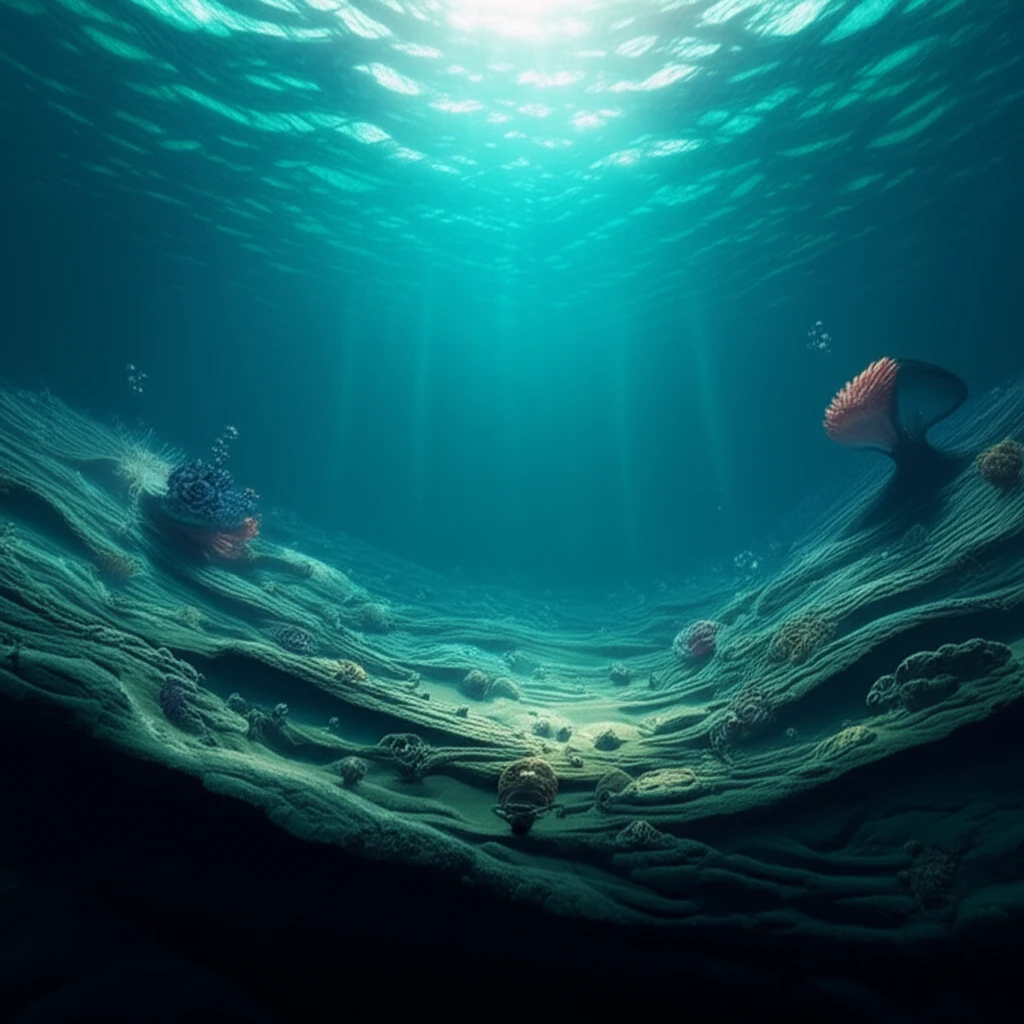
Unlocking the Secrets of Ocean Sediments: How Carbon and Phosphorus Cycles Impact Marine Life
"Dive into the Arabian Sea to uncover the crucial roles of carbon and phosphorus cycling in marine ecosystems, and how oxygen levels affect these vital processes."
The marine cycling of carbon (C) and phosphorus (P) is fundamental to understanding ocean health and climate regulation. Carbon plays a pivotal role in biological processes and climate modulation, while phosphorus is the key nutrient limiting biological activity in the ocean. Understanding these cycles is crucial for predicting future ocean conditions, especially in light of increasing human impacts.
For decades, scientists have worked to clarify the intricacies of marine phosphorus cycling, highlighting the importance of continental margin sinks and the active transformation of phosphorus in both the water column and sediments. However, the interplay between carbon and phosphorus diagenesis, particularly in low-oxygen environments, remains a topic of debate.
This article focuses on a study conducted across the Arabian Sea continental margin, an area known for its well-defined Oxygen Minimum Zone (OMZ). By examining carbon and phosphorus geochemistry in surface and subsurface sediment samples, this research sheds light on how these elements cycle and are buried in varying oxygen conditions. The study aims to clarify the connection between oxygen levels, carbon dynamics, and phosphorus retention in marine sediments.
The Deep Dive: Carbon and Phosphorus in the Arabian Sea

Researchers analyzed sediment samples collected from various depths spanning the Oxygen Minimum Zone (OMZ) on the Pakistan continental margin in the Arabian Sea. These samples, gathered in 1993, provide a unique snapshot of the biogeochemical processes occurring in this region. The study focused on understanding how carbon and phosphorus interact within these sediments, especially given the varying oxygen levels.
- Reducible and easily desorbed P
- P associated with biogenic and/or authigenic phases
- Organically bound P (Porg)
- Detrital P, reflecting terrigenous input
The Verdict: A Dynamic Duo, Regardless of Oxygen
The study reveals that while there is some early diagenetic loss of phosphorus relative to organic carbon, a significant portion of the released phosphorus is retained. This retention occurs through uptake on oxyhydroxides and the formation of an authigenic phosphorus-bearing phase. Surprisingly, this process remains consistent regardless of the location relative to the OMZ.
This consistent retention leads to an effective organic carbon-to-reactive-phosphorus sediment ratio that closely mirrors the average observed in open-ocean sediments, irrespective of bottom water oxygen content. This suggests that the interplay between carbon and phosphorus cycling is more complex than previously thought, with oxygen levels not being the sole determining factor.
These findings challenge conventional assumptions about phosphorus behavior in low-oxygen environments and highlight the need for further research into the factors governing carbon and phosphorus cycling in marine sediments. Understanding these complex interactions is crucial for predicting the long-term health and stability of marine ecosystems, especially in the face of ongoing environmental changes.
